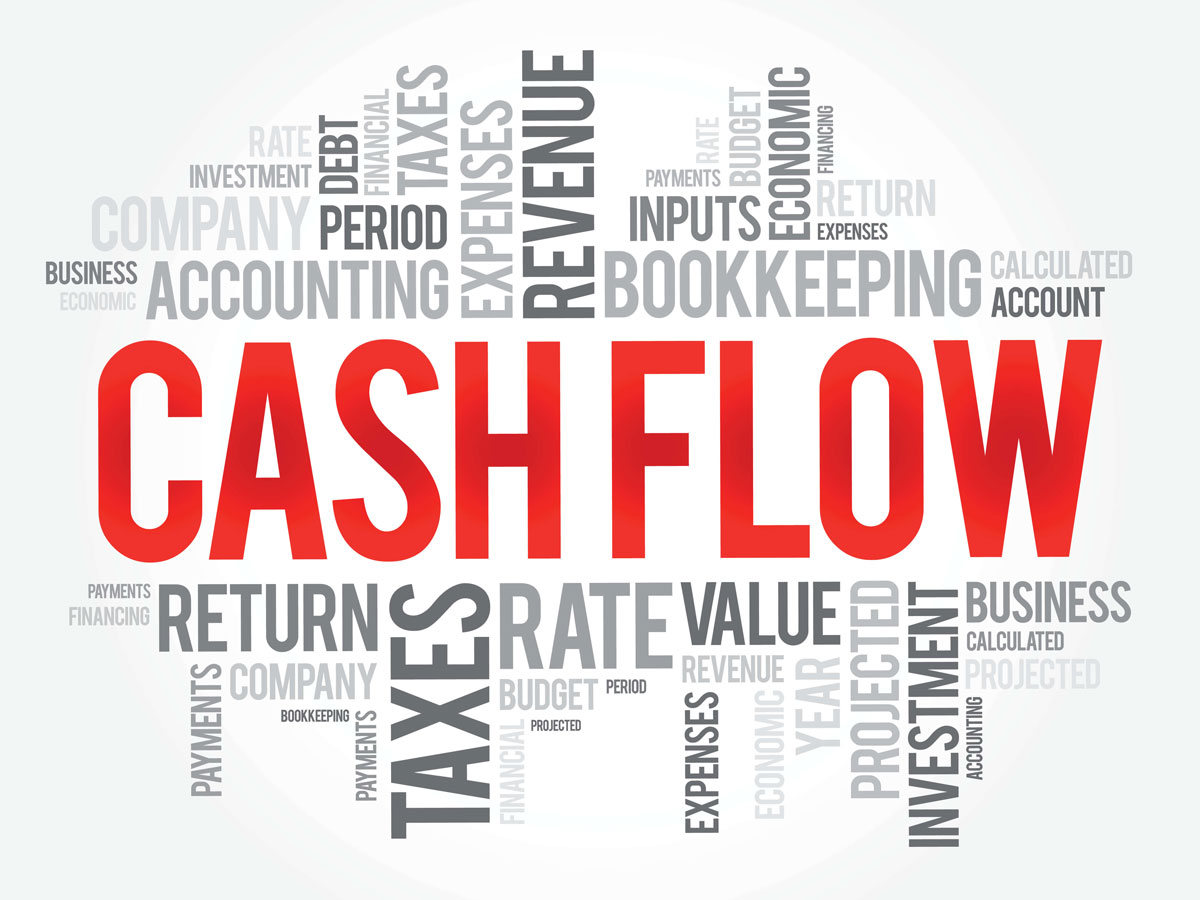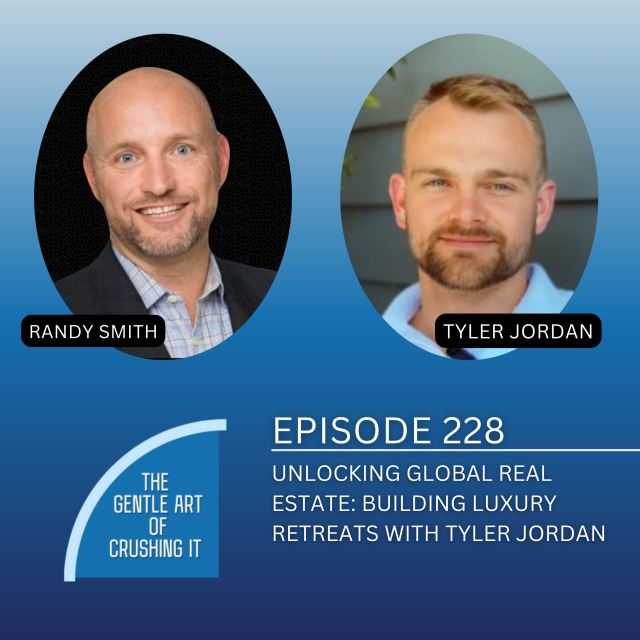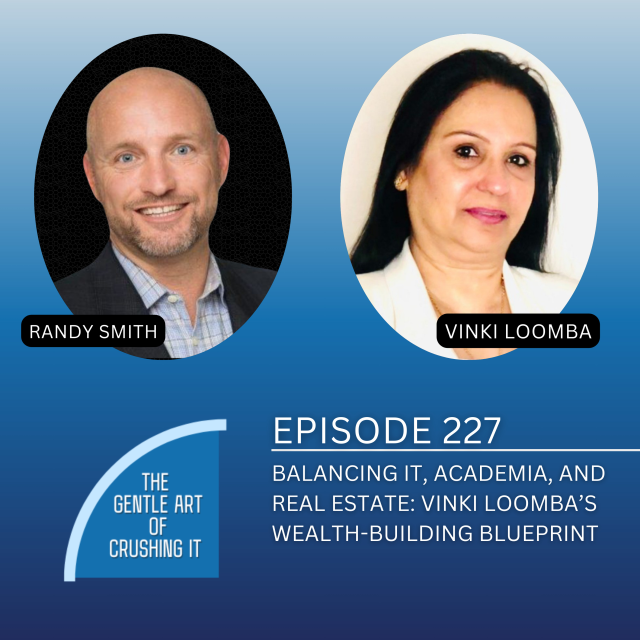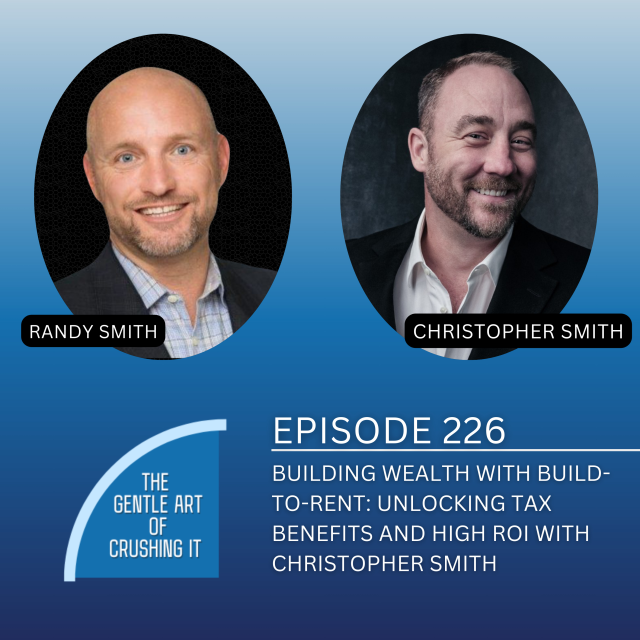When I first started investing in real estate, I was often asked if I was a growth or cash flow investor. I constantly heard people referencing the infamous “cash flow is king” saying, but I never really gave much thought to it. At the time, I was a high-income earner at the top of my game in my sales career, and the main metrics I tracked for my household were annual income and net worth. Today I know that it’s much more important to understand if you are a growth or cash flow investor, and I’ll walk through a few reasons why below.
Growth Investors
Growth investors generally want to see their net worth increase without much concern about the cash flow that is generated from their investments. The challenge with this strategy is that you do not get any benefit from the investments during the buildup phase. In addition, if you should run into any situations that cut off your W-2 income (think layoffs, medical issues, getting fired), then you don’t have any cash flow or readily available assets to fall back on.
Let’s consider an example where an investor puts $25,000 into a passive investment that generates 20% average rate of returns over a 5-year period. In this example, your $25,000 would grow to $50,000 in five years, $100,000 in ten years, and $200,000 in 15 years. That becomes exciting when you start to consider adding $25,000 per year into your investments going forward. It’s easy to see how the growth investor can get excited about this strategy.
Cash Flow Investors
Cash flow investors focus on one thing and one thing only – will this investment create monthly cash flow to help offset my living expenses. In this strategy, the investor focuses more on the cash-on-cash returns (COC) associated with a deal versus the internal rate of returns (IRR) of the deal.
Let’s consider the same $25,000 investment/year example above for the cash flow investor. If the investor can expect to get 10% cash on cash returns every year, the $25,000 investment creates about $208/month in income ($25,000*10%/12). While this is not something you’ll want to leverage to run out and quit your job in a year or two, it is a great way to gradually decrease your dependance of your W-2 and create a secure future for you and your family.
I know today that I was a growth investor when I had my W-2 because I was trying to grow my nest egg so I could someday become a cash flow investor and live off the income that the nest egg could generate. This strategy worked well while my W-2 income continued to grow, but it came to a screeching halt when I was laid off from that “safe,” corporate America job a couple of months ago. The old sales mantra of “Go to bed a hero and wake up a zero” had a whole new meaning to me that morning I received the call giving me the news.
My strategy today is a blended strategy that focuses on growth and cash flow to help maximize my monthly cash flow while growing my nest egg for the future. Only you can determine what strategy is best for you, but my biggest suggestion for you is to do something. Pick a strategy, jump in, and adjust as necessary.






